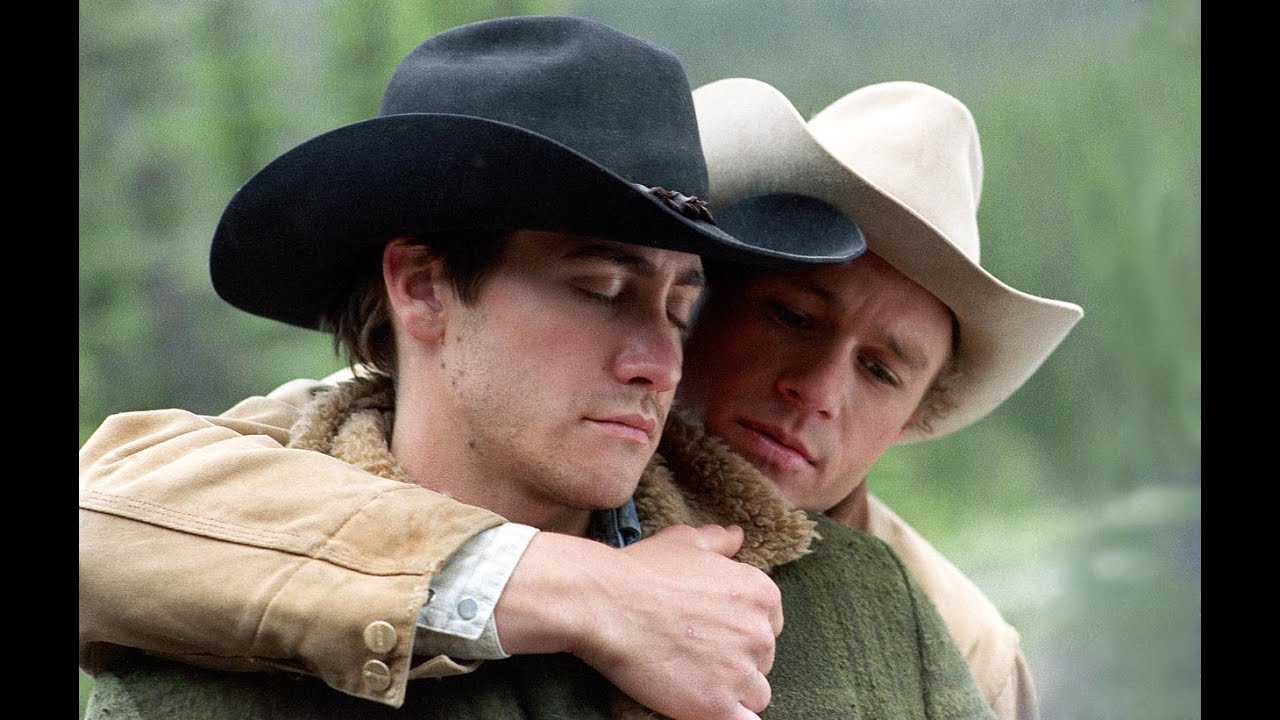The conversation on marriage equality has left out marginalised members of the LGBTI community, like homeless youth
The public has voted in favour of marriage equality, but the right to marry is only one piece of the puzzle. Everyone is talking about walking down the aisle; however, the reality is that LGBTI youth are sleeping on the streets.
The debate on marriage equality has sparked new heights of LGBTI activism throughout the country. Yet the vote, which was non-binding, non-compulsory and cost $122 million, eclipsed our attention and financial resources from other areas of advocacy.

Marriage equality is important
Marriage equality is important for LGBTI rights, but not when other rights are ignored in the process. Ultimately, the debate on marriage equality has dominanted the discourse on activism for too long. If we truly cared about the LGBTI community, we would maintain the momentum and show greater support for homeless LGBTI youth.
In 2014, the General Social Survey in Australia found that 34% lesbian and gay people and 21% of people with “other” sexual orientations had once recorded being homeless, compared to 13% of heterosexuals. There is no data being collected on how many homeless youth identify as LGBTI, but practitioner accounts indicate a high figure. In Canada, the UK, and the United States, reports have shown that 25-40% of homeless youth identify as LGBTI.

One of the main reasons why LGBTI youth end up on the streets is eviction from the family home. In other cases, they run away because they fear parental rejection. LGBTI youth also face stigma in school and the workplace.
Identifying the prevalence of LGBTI youth homelessness is difficult as service providers have seldom been able to report on issues of sexuality. It’s also common for LGBTI youth to hide their sexuality out of fear or avoid the homelessness system altogether.
Homeless LGBTI youth must be important too
For homeless LGBTI youth there are high risks of suicide and sexual violence. As well as mental health challenges that require support. Although other homeless populations face similar battles, identifying as LGBTI poses additional problems.

Despite this, the dialogue around LGBTI rights in Australia has overwhelmingly focused on marriage equality. It remains difficult to reconcile that so much attention has been paid towards marriage while youth are left in the cold. The entire conversation on marriage equality has left out marginalised members of the LGBTI community, like homeless youth. After all, the postal vote was designed for people with an address.
Marriage equality as an advocacy cause fails to resonate as important for all members of the LGBTI community. Indeed, there are more nuanced demands than just marriage. We need to start reaching out to the most vulnerable members of the LGBTI community because the debate on marriage equality failed to do so. The LGBTI community is diverse, but only the privileged had their voices heard throughout the campaign.
Few safety nets to protect homeless LGBTI youth
At present, there are few safety nets to protect homeless LGBTI youth. According to Ruth McNair from the University of Melbourne, the “lack of knowledge on how to provide an inclusive service … [is] striking”. Organisations like Twenty10 in Sydney have specialised programs for homeless LGBTI youth, but such services are rare.
Because of this, many LGBTI youth are turning to Facebook to find emergency accommodation. Queer housing Facebook pages and groups have surfaced in major cities and smaller towns throughout the country, indicating that social networks are filling the role of the government in protecting the homeless.
We need to improve services for homeless LGBTI youth by providing long-term and safe housing options, working with families to overcome hostilities, training service providers on becoming inclusive and sensitive to LGBTI issues, and providing emergency support to those in need.
The public should stop acting like marriage equality is enough to protect the LGBTI community. Indigenous Australians won their fight for marriage in the 1960s. But today, decades after those archaic practices on marriage were abolished, Indigenous Australians still face systemic discrimination.
Even if LGBTI people gain the right to marry, they will still be marginalised. Even worse, achieving marriage equality might result in a loss of momentum for their rights. It is easy for people to assume that marriage rights will lead to equality for the LGBTI community, ignoring other issues such as the right to housing along the way.
LGBTI equality in Australia is a long way off. Wedding bells and all, marriage equality is no ticket to complacency. It’s time to widen our approach to protecting LGBTI rights. Marriage equality isn’t going to cut it.
- Matthew Abbey is an Australian journalist and political commentator
Source: The Guardian















